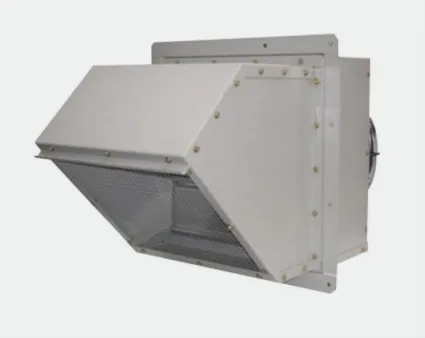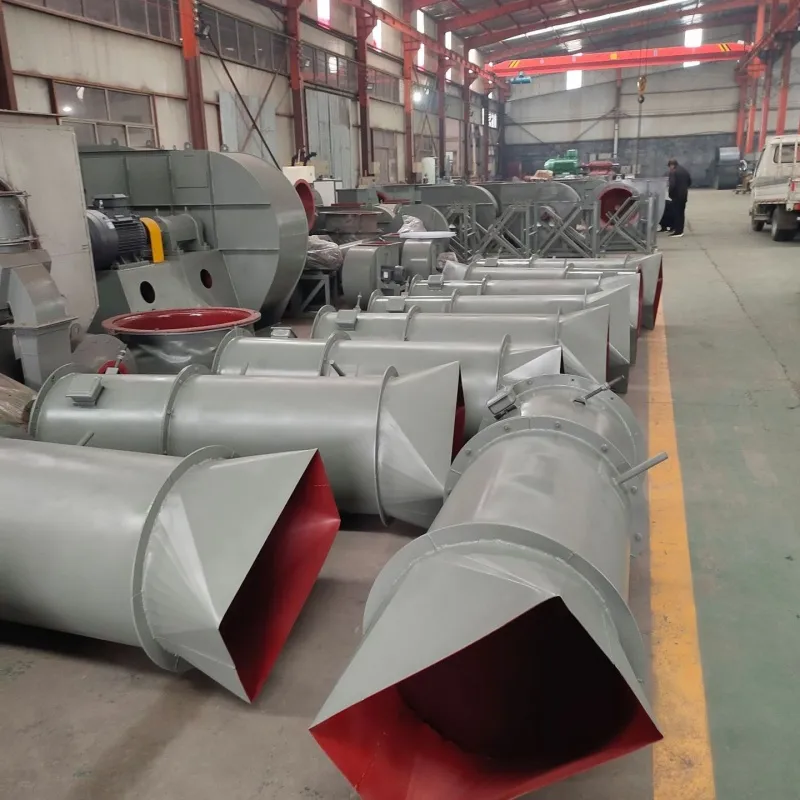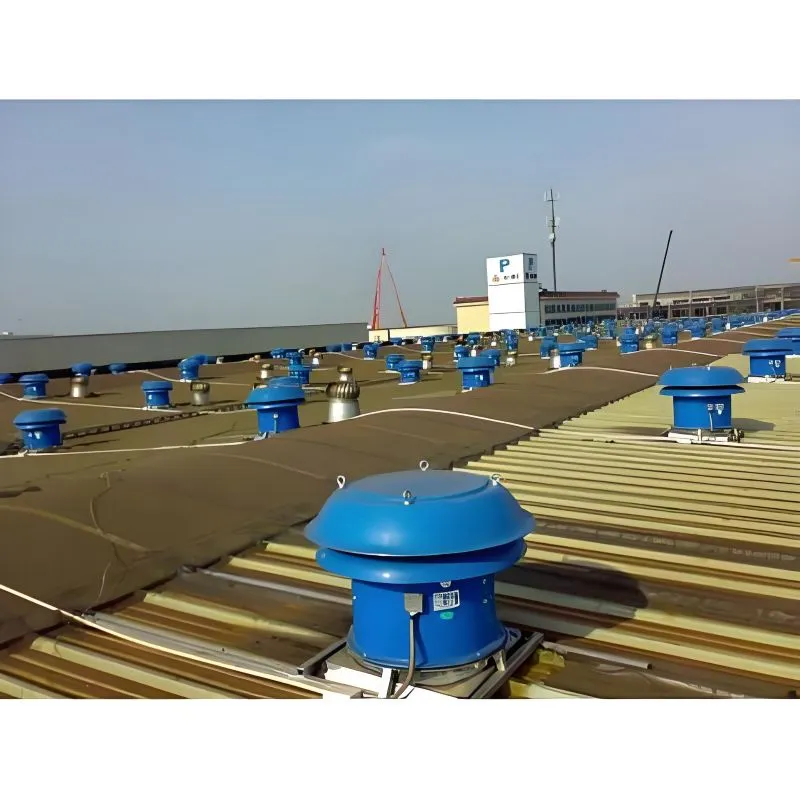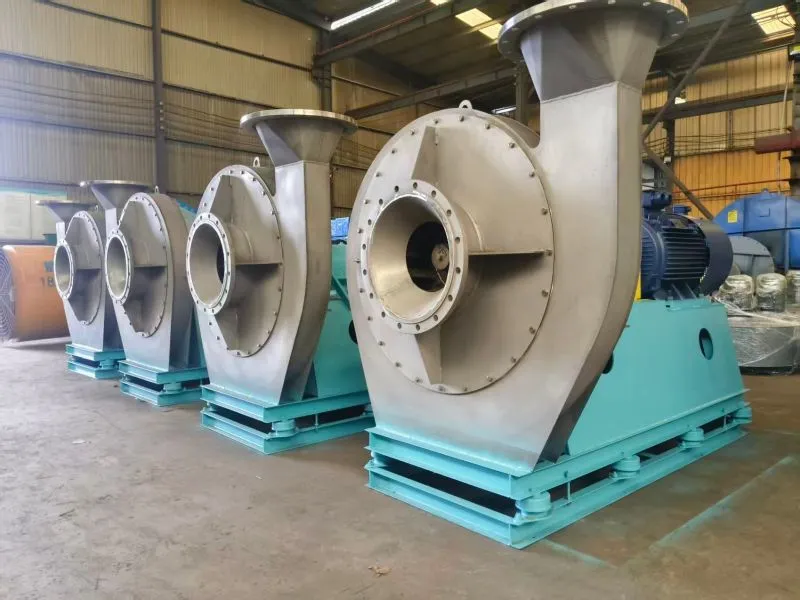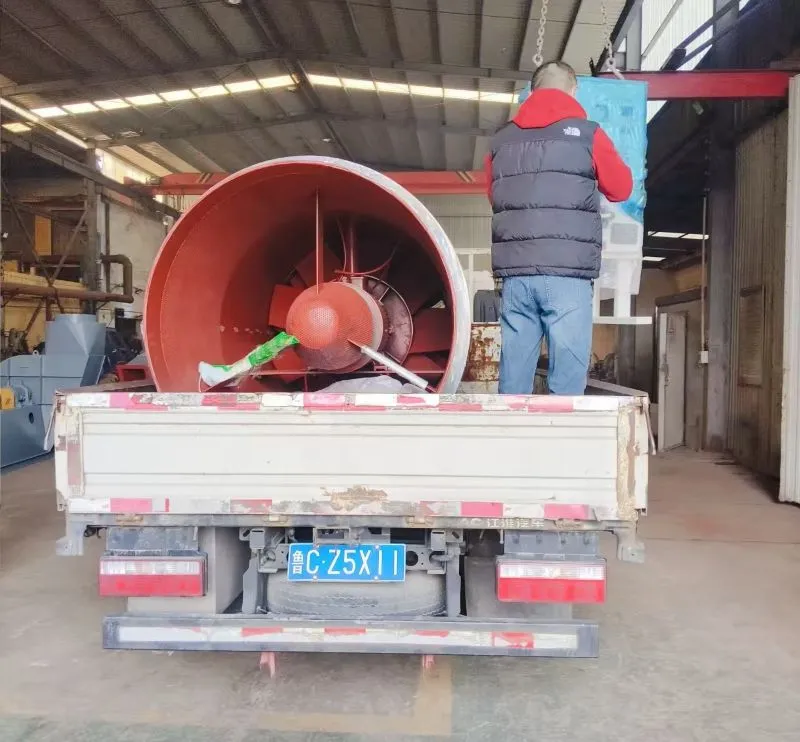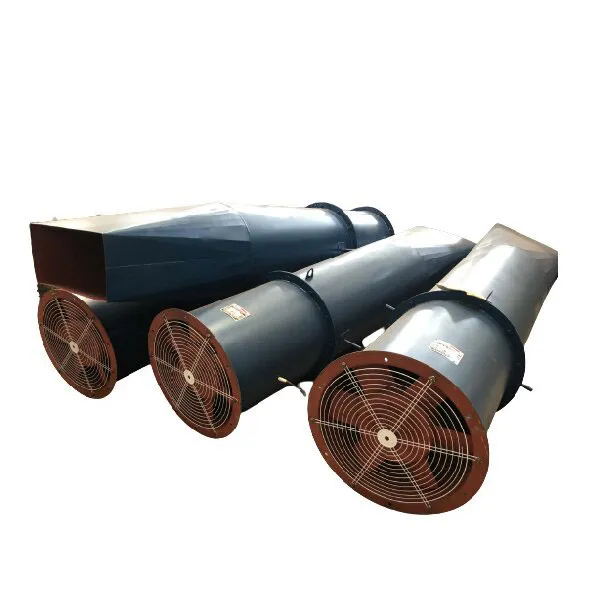The use of a high CFM centrifugal Fasco blower might sound straightforward, but when we delve into its implications for sustainability, the waters get murkier. There’s often a misconception that high airflow automatically equates to better performance in sustainable practices, but the reality is more nuanced. In this exploration, we’ll dissect the impacts from efficiency to practical applications, and why the choice of a blower isn’t as simple as bigger equals better.
Efficiency and Energy Consumption
High CFM blowers, like those from Zibo Hongcheng Fan Co., Ltd., known for their extensive range of products, might seem ideal on the surface—after all, they move more air. But here’s the catch: increased airflow can lead to increased energy consumption. This consumption potentially negates the environmental benefits one might expect from using a high-efficiency blower in industrial applications.
From experience, it’s crucial to understand the specific needs of your system before opting for the highest CFM. Many times, in a bid for efficiency, the blower ends up being overpowered, leading to unnecessary energy waste. It’s a classic scenario of ‘more’ not always being ‘better.’ Understanding the balance between motor horsepower and CFM is key.
Furthermore, integrating these blowers in existing systems requires consideration about duct resistance and the blower’s pressure capacity. Inadequately sized systems can lead to inefficiencies that undermine sustainability efforts.
Application in Industrial Settings
When we consider mining operations, where Zibo Hongcheng’s blowers are often utilized, the demand for reliable, efficient air movement becomes critical. Here, the ability to provide high CFM isn’t just about volume but also about maintaining system stability under harsh conditions. This is where a high CFM centrifugal blower excels, provided it’s chosen and deployed correctly.
Interestingly, I’ve observed cases where improper installation has led to significant energy losses. Correct installation, paired with system optimization, can reduce resistance and enhance the blower’s sustainable operation. It’s about playing to the strengths of the equipment.
Maintenance, another crucial factor, cannot be ignored. While a blower might have an impressive specification sheet, how it is maintained impacts its sustainability. Regular checks and balance adjustments in these industrial settings significantly influence energy consumption.
Versatility in Design and Material
Another aspect that affects sustainability is the design and material of the blower. Zibo Hongcheng Fan Co., Ltd. offers products like stainless steel fans and corrosion-resistant fans, which are particularly valuable in environments requiring durability and longevity.
The choice of materials not only impacts the initial cost but also the lifecycle costs. A durable design reduces the need for frequent replacements, aligning with sustainable practices by minimizing resource usage. There’s also a somewhat underrated aspect of noise reduction, which these fans address—they create less noise pollution, which is an overlooked sustainability factor in many industries.
The design flexibility of high CFM blowers allows them to be tailored for specific needs, such as handling corrosive gases. This adaptability can prevent resource wastage by ensuring the right fit for a particular application.
Real-World Case Studies
In my own experience, attending to the specific needs of a system is paramount. I recall a project involving a high CFM centrifugal blower in a manufacturing plant. The initial aim was maximum airflow, but post-installation reviews indicated suboptimal energy use.
Working closely with engineers, the solution involved recalibrating ductwork and resizing certain components, significantly enhancing system efficiency. The takeaway was clear: understanding the interplay between system components and blowers can drastically affect sustainability outcomes.
Also, a smaller, well-matched blower from Zibo Hongcheng’s diverse catalog, strategically deployed, can provide better energy metrics than a misapplied larger one. It’s a lesson in precision and understanding the demands of each unique environment.
Conclusion: A Balanced Approach
Ultimately, the use of a high CFM centrifugal Fasco blower in promoting sustainability returns us to an essential principle: balance. Beyond mere technical specifications, a comprehensive understanding of system requirements, environmental conditions, and maintenance routines proves decisive.
While there’s no one-size-fits-all solution, striving for efficiency, adaptability, and proper integration with other system elements will point you towards sustainability. As I’ve gathered through countless interactions and firsthand accounts in the field, the details matter profoundly, and engaging with them thoughtfully is where real sustainability lies.
For those interested in exploring the extensive offerings of industrial blowers further, Zibo Hongcheng Fan Co., Ltd. provides ample choices tailored precisely for varied industrial needs. You can learn more about their products at their website.









